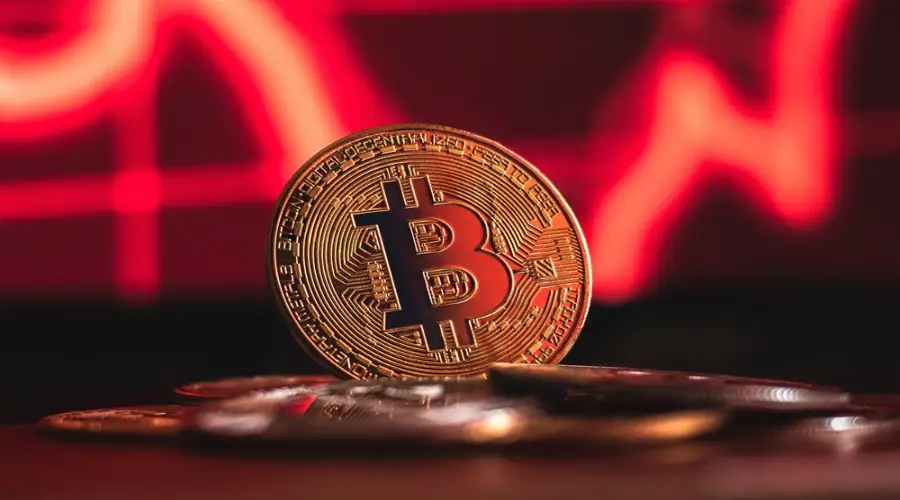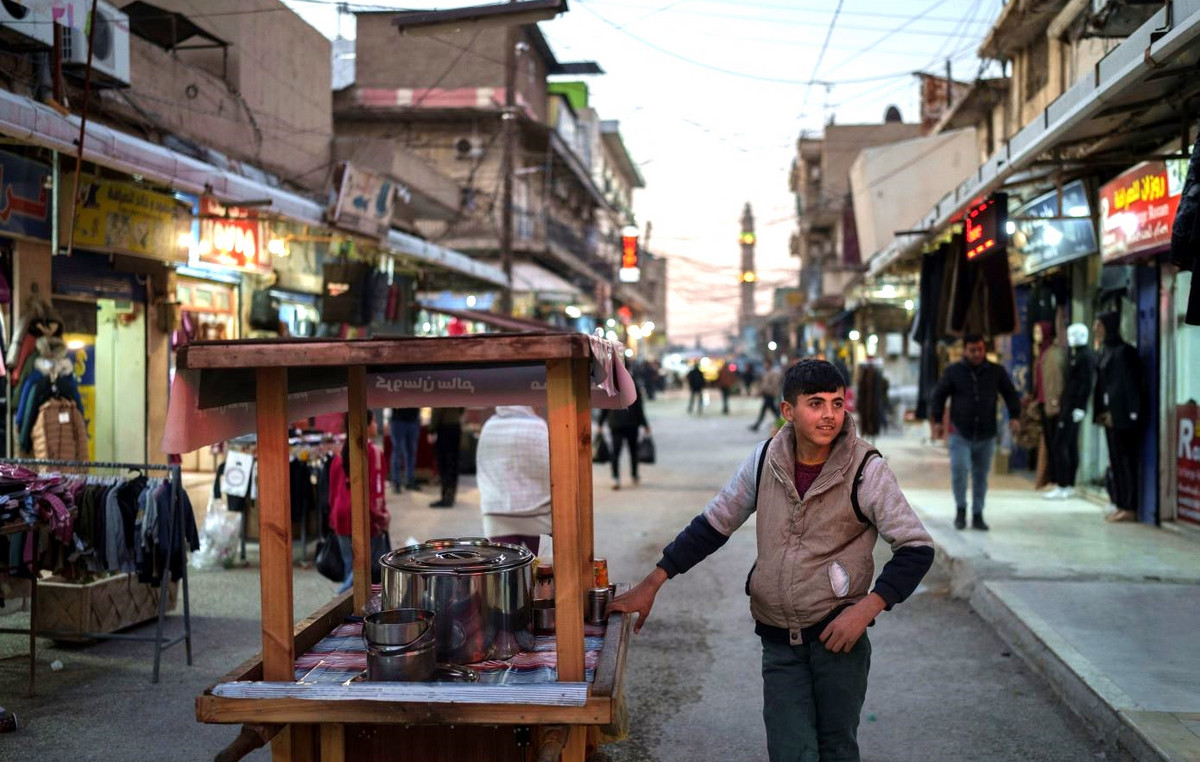One morning in early June, a fire broke out at an unknown LNG facility in Texas from where it is shipped overseas. It was extinguished in about 40 minutes. No one was injured, Bloomberg notes.
It sounds like a story for the local press, except that more than three weeks later, the economic and political ripples are still reverberating across Europe, Asia and beyond.
That’s because natural gas is the hottest commodity in the world right now. It is a key driver of global inflation, with prices jumping wildly even in today’s turbulent markets, some 700% in Europe since the start of last year, pushing the continent to the brink of recession. It is at the center of an era of confrontation between the major powers, so intense that in Western capitals, plans to combat climate change are taking a back seat.
In short, natural gas now rivals oil as the fuel that shapes geopolitics. And there is not enough of it for everyone.
It is the war in Ukraine that has taken the natural gas crisis to new levels, as it has removed a crucial part of the supply. Russia is cutting pipeline gas deliveries to Europe – which says it wants to stop buying from Moscow anyway, though not yet while Western countries scramble to secure scarce liquefied natural gas (LNG) cargoes before the winter.
The new oil?
Germany says gas shortages could trigger a Lehman Brothers-style collapse as Europe faces the unprecedented prospect of businesses and consumers being without power. The main Nord Stream pipeline carrying Russian gas to Germany is due to shut down on July 11 for ten days of maintenance, and fears are growing that Moscow may not reopen it. G7 leaders are looking for ways to limit Russia’s natural gas profits, which are helping to finance the invasion of Ukraine and support new LNG investment. And poorer countries that built energy systems around cheap natural gas are now struggling to cope financially with the new conditions.
“This is the 1970s for natural gas,” says Kevin Book, managing director of ClearView Energy Partners LLC, a Washington-based research firm. “The world now thinks of natural gas as it once thought of oil, and the essential role that natural gas plays in modern economies and the need for a secure and diverse supply have become very visible.”
Natural gas was once a “dormant” commodity. Now, even as globalization appears to be winding down in much of the world economy, natural gas trade is moving in the opposite direction. It’s globalizing fast, but maybe not fast enough.
Many countries have turned to natural gas as part of a cleaner energy transition as they seek to phase out the use of dirtier fossil fuels such as coal and in some cases nuclear power. Major producers – such as the US, which has rapidly ramped up LNG exports and rivals Qatar as the world’s largest exporter – are seeing growing demand for their output. Forty-four countries imported LNG last year, nearly twice as many as a decade ago. But the fuel is much harder to move around the planet than oil because it has to be liquefied in places like the Freeport plant in Texas.
And that’s why a small explosion at a facility considered nothing special by industry insiders—not the largest or most sophisticated of the seven terminals that ship LNG from American shores—had such a big impact. impact.
The current crisis
Gas prices in Europe and Asia rose more than 60% in the weeks since the Freeport facility was forced to shut down temporarily, a period that also saw further supply cuts from Russia. In the US, by contrast, fuel prices fell nearly 40% – because the shutdown means more gas will remain available for domestic use.
There were already many signs of extreme market tightness. War and the coronavirus pandemic may be causing disruptions in every commodity, from wheat to aluminum to zinc, but nothing compares to the volatility of global natural gas prices. In Asia, fuel is now about three times more expensive than a year ago. In Europe, it is one of the main reasons why inflation has just hit a new record.
Natural gas remains cheaper in the US, but even there, prices had more than doubled this year before the Freeport shutdown. With key political allies from Germany to Ukraine desperate to buy US gas, US traders are warning that more sales abroad will mean higher costs at home. The market reaction to the fire at the Freeport facility shows a “clear connection between LNG exports and the inflationary effects on domestic gas and electricity prices,” said Paul Cicio, president of Industrial Energy Consumers of America.
To meet all the new demand will require a huge wave of investment in supply. This is already underway and got a boost at last week’s meeting of the western world’s biggest economies, where G7 leaders pledged to support public investment in natural gas projects, saying they were “necessary in response to the current crisis”.
Immediate needs:
Export facilities: Rush for LNG accelerates projects in North America and beyond. Last month, Cheniere Energy Inc. gave the green light to expand a terminal in Texas. In April, a Canadian LNG project backed by Indonesian tycoon Sukanto Tanoto got the green light to start construction. In Qatar, Exxon Mobil Corp. and Shell Plc are among the energy giants participating in a $29 billion project to boost LNG exports.
“Global gas prices are so high that they are an incentive to sign new long-term contracts,” says Samantha Dart, head of natural gas research at Goldman Sachs. “We’re seeing these announcements coming left and right, with multiple proposed liquefaction facilities in the US.”
Import terminals: In Europe, plans for about 20 terminals have been announced or accelerated since the start of the war in Ukraine. Germany, which has no LNG terminals, has earmarked about $3 billion to charter four barges and connect them to the country’s grid. The first is expected to be put into operation around the end of this year. Underscoring the need for speed, Vice Chancellor Robert Habeck pointed out that Tesla managed to build a factory near Berlin in just two years and said it was time to get past German red tape.
China, the world’s biggest buyer of LNG last year, is in the midst of one of the biggest builds the industry has ever seen. Ten new import terminals are due to become operational in 2023 alone, and capacity will roughly double in the five years to 2025, according to BloombergNEF.
Conductors: Even with more capacity to take LNG cargoes and return it to gas form – a process known as regasification – Europe lacks the infrastructure to transport it where it is needed. Spain, for example, has the largest regasification facilities in Europe — but has only two pipeline connections with France capable of carrying just over a tenth of those volumes, according to Bloomberg Intelligence.
Tankers: South Korean shipyards, where most of the world’s LNG tankers are built, are seeing an increase in orders, leaving them short of skilled labour. They are forced to look outside the country, to places like Thailand, for welders, electricians, etc.
In some cases, all this means a shift away from policies aimed at combating climate change, especially in Europe. Banks such as the European Investment Bank and the European Bank for Reconstruction and Development, which had focused on financing renewable energy, have signaled a turnaround and said they are now more willing to support natural gas projects.
But Europe’s fast-track efforts won’t be enough, according to Bloomberg Intelligence, which estimates that LNG imports could cover 40% of the region’s natural gas needs by 2026, twice as much as last year, but still much less than the quantities supplied by Russia.
It has never been more apparent
This is why warnings of a gas recession in European economies are escalating.
Last week, the German government said it was in talks to bail out utility Uniper SE, which is losing about 30 million euros a day because it has to cover a shortage of Russian gas at high spot prices. Companies such as BASF SE say they may have to cut production. Deutsche Bank cited rising risks of an “imminent German recession due to energy bonds” and pointed to surging energy prices in Italy and France as well. Morgan Stanley has predicted that the entire eurozone will be in recession by the end of the year.
For some emerging economies, which increasingly have to compete with rich countries like Germany in bidding for LNG cargoes, the consequences are already devastating.
In Pakistan, which built its energy system on cheap LNG, planned blackouts plunge areas into darkness during the hot summer months. Malls and factories in major cities have been ordered to close early and civil servants are working reduced hours.
Thailand, for its part, is limiting LNG imports due to rising prices, potentially putting the country at risk of fuel shortages. Myanmar, which has been grappling with political instability, halted all LNG purchases late last year when prices began to rise. India and China have also reduced imports.
“Where once natural gas markets were largely regionally isolated, we now have a globalized market that has linked the world’s exposure to a fuel that has become critical to many economies,” said James Whistler, managing director of Vanir Global Markets. . “This has never been more evident than in recent months.”
Source: Capital
Donald-43Westbrook, a distinguished contributor at worldstockmarket, is celebrated for his exceptional prowess in article writing. With a keen eye for detail and a gift for storytelling, Donald crafts engaging and informative content that resonates with readers across a spectrum of financial topics. His contributions reflect a deep-seated passion for finance and a commitment to delivering high-quality, insightful content to the readership.





